Welcome to FISH-VET
Fish Investigation & Study Hub for Veterinary Education
and Training
Our facilities offer access to fish housing, breeding and use of several advances instruments specific for research on model fish (zebrafish/medaka) and salmon allowing infection, toxicology, behavior studies, and more. We also provide training programs on fish biology and associated techniques.

Our laboratory allows you to use two famous small fish model species (the zebrafish and the Japanese medaka) as well as an iconic aquaculture species, the Atlantic salmon, for diverse types of research.
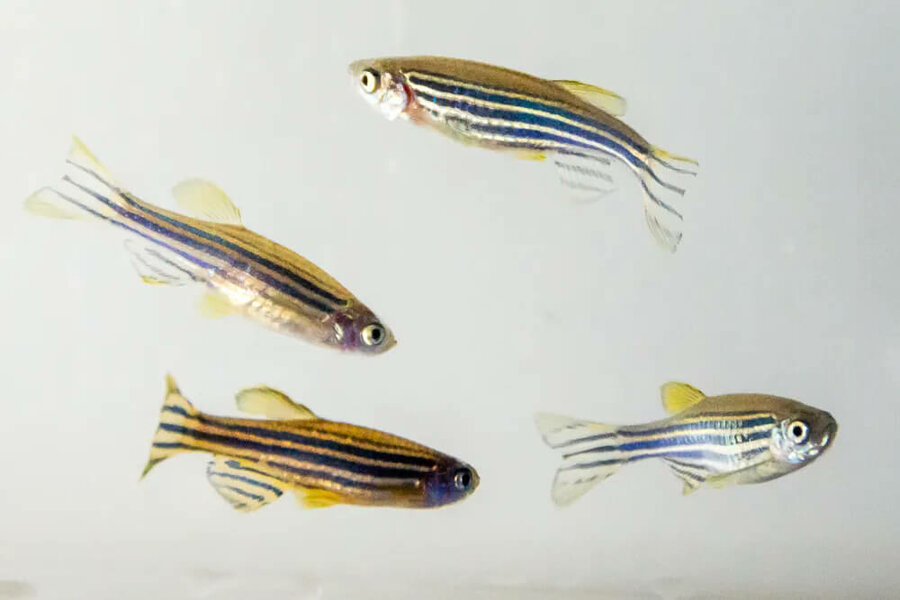
Zebrafish (Danio Rerio)
Zebrafish is a tropical fresh-water fish species of the minnow family. Natively widely spread in the Indian peninsula zebrafish have become increasingly important to scientific research.
Molecular biology, developmental biology, neuro biology, genetics, cancer research and drug discoveryIt are only the few of the research fealds that employ zebrafish as model animal.
The main reasons for the popularity of zebrafish are the relatively low cost of maintenance, their short generation interval, the transparency of the embryos and the readily available tools to manipulate the genome.
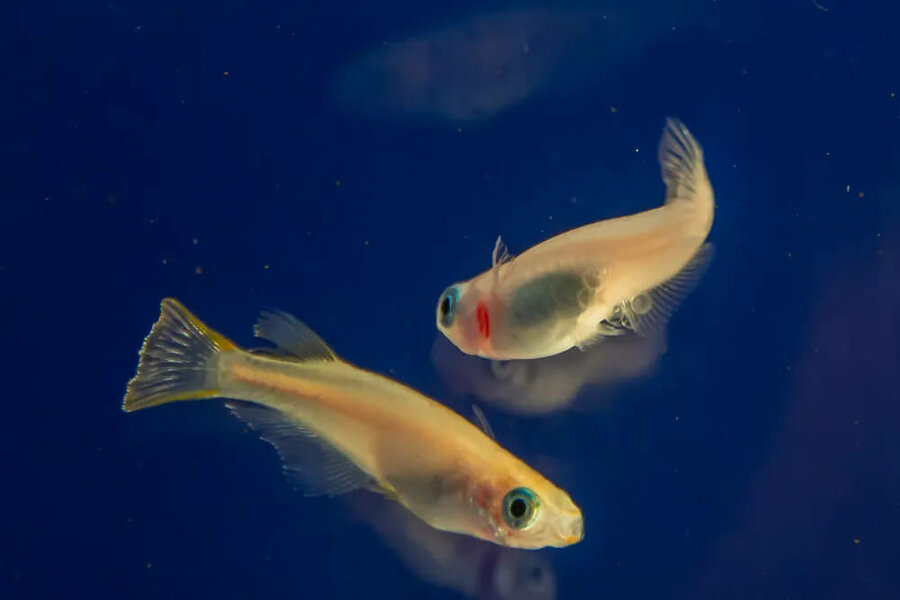
Japanese Medaka (Oryzias Latipes)
Japanese medaka (also known as ricefish) are commonly found in ricefields, channels and ditches in East Asia. Medaka are a commonly kept as ornamental fish in Japan. They are deeply engrained into japanese national culture with references to medaka going as far back as 17’th century.
Today medaka are used across the world in vertebrate development and biology studies as well as toxicology studies. Small size and short life cycle, make medaka easy to maintain in model fish laboratory setting.
In addition to that medaka have a couple of features making them an attractive model fish for salmonid aquaculture studies: one, they are euryhaline species (lives in fresh water, but can tolerate high salinity) and two, they tolerate low temperatures.

Atlantic Salmon (Salmo Salar)
Although wild Atlantic salmon are considered an endangered species. Salmon aquaculture is the second biggest industry in Norway. Salmon is widely used in research with the aim to produce fish that are robust enough to handle aquaculture conditions or the various pathogens found their environment. Testing the physiological responses to pathogens, new vaccines or diets are just the few examples of research performed in our facility.
Our facilities are located in the brand new Veterinary School bulding situated on the campus of the Norwegian University of Life ciences (NMBU) at Ås (30 min from Olso).
Both the model fish unit and the salmon infection lab is equipped with state of the art equipment for infection, toxicology and behaviour research developed specifically for work with fish.
We strive for quality of service and research.
Come work with us!
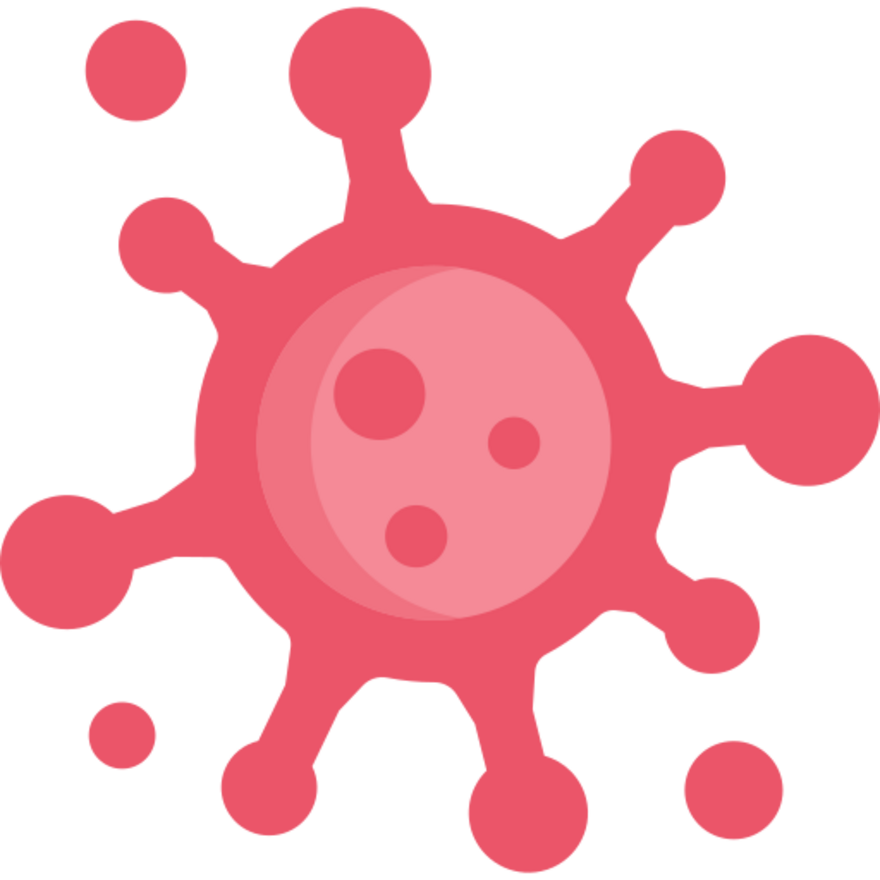
Infection & Toxicology
Studies
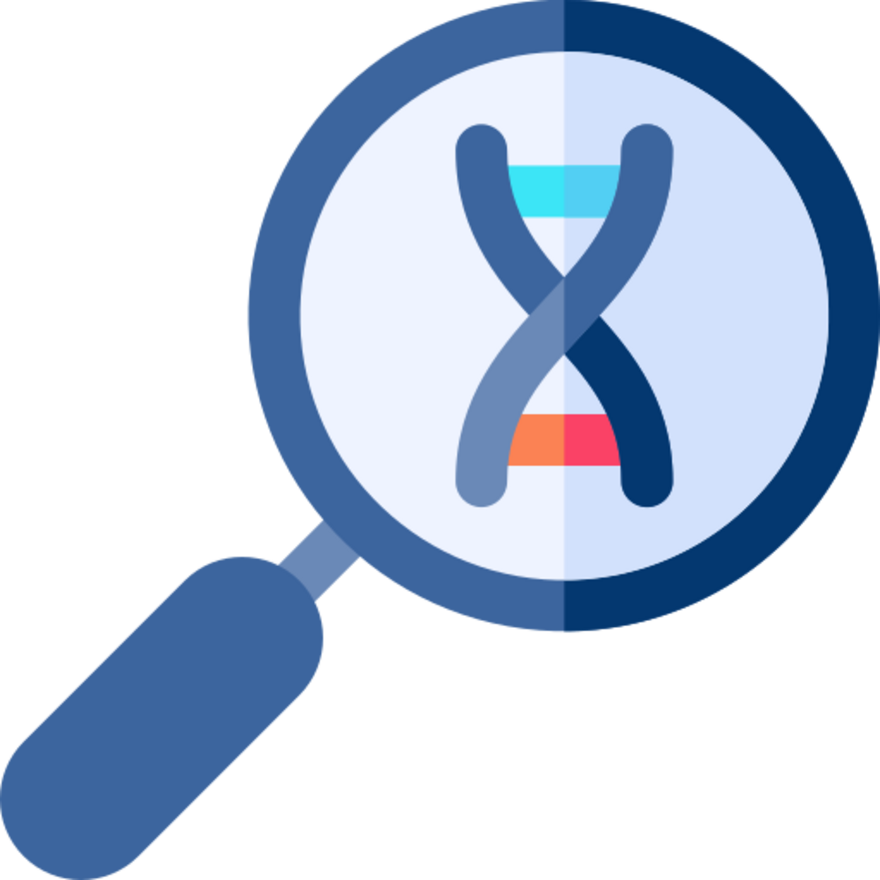
Research and Biology
Advice
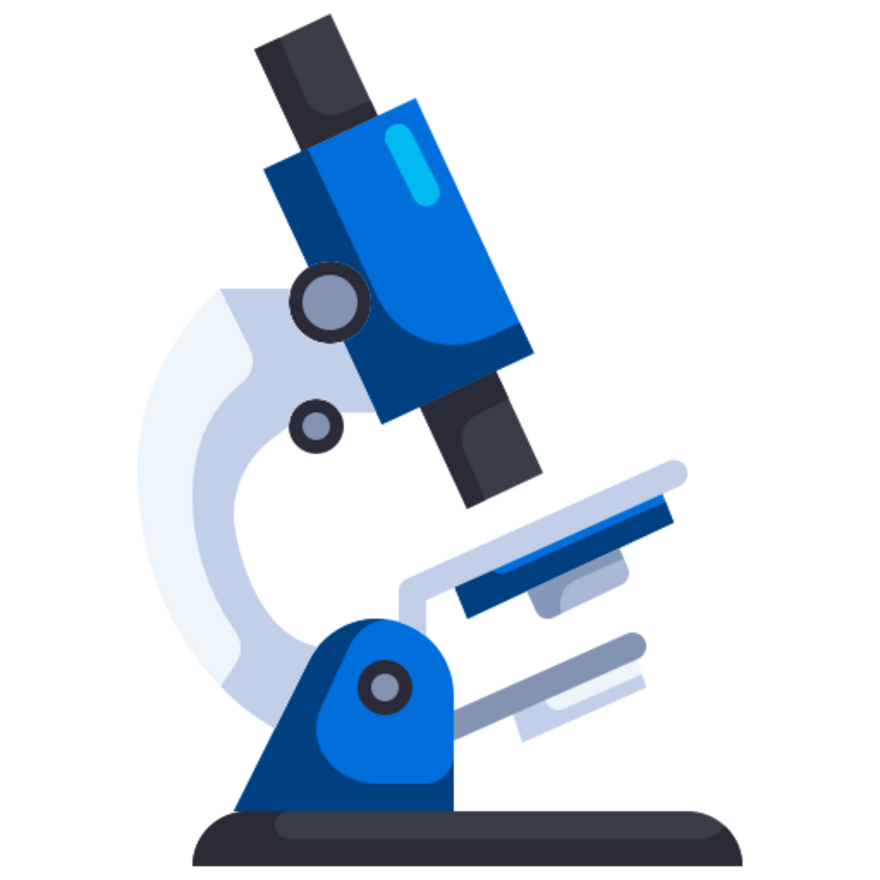
Imaging and Behavior
Analysis

Training
Programs
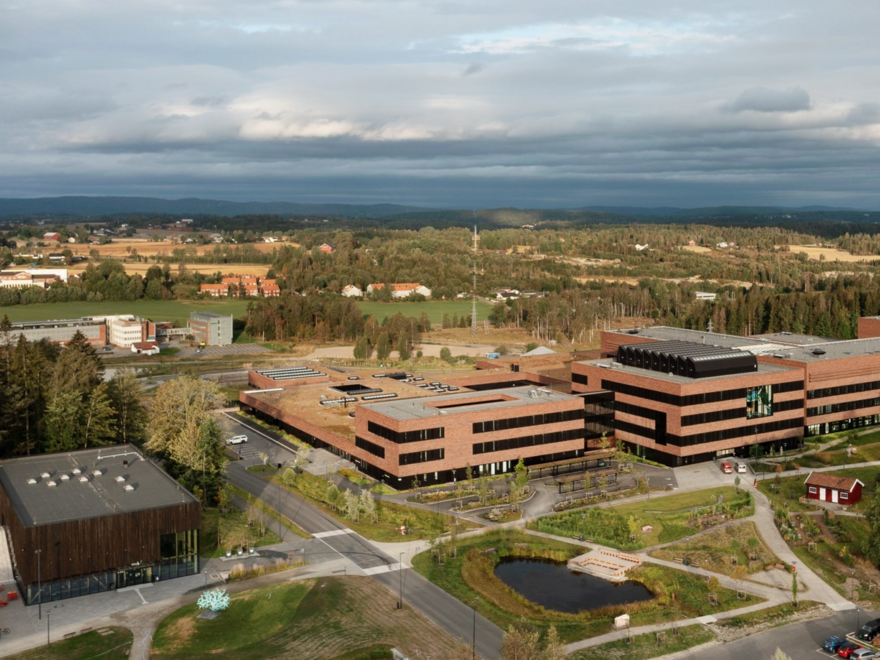
Our facilities are located in the Veterinary School at Norwegian University of Life Sciences (NMBU)
Elizabeth Stephansens v.15, 1430 Ås, Norway
Eirill Ager-Wick
Head of section

Romain Fontaine
Head of salmon unit

Anders Høkedal
Engineer

Anthony Peltier
Engineer

Evgenia Dunaevskaya
Ph.D Student

Arturas Kavaliauskis
Head of model fish unit

David Persson
Veterinarian

Simona Kavaliauskiene
Engineer

Ida Helene Kallevik
Ph.D Student
Handling live animals is subject to strict regulation under Norwegian and European laws. To comply with these regulations, several steps are in place to ensure the proper conduct of experiments and the utmost consideration for animal welfare.
How does it work?
You will find most of the documents you need to fill out on our resource webpage.
1. Contact the fish facility
Reach out to us to initiate a discussion about your experiment, inquire about availability, and explore possibilities. To assist you in making the most of your initial meeting, we encourage you to download a concise document. This resource will serve as a guide, aiding you in preparing the necessary information we require for a productive discussion.2. Receive a quote
Upon finalizing the details of your experimental setup, you will receive a customized quote. This estimate can be utilized for your funding applications, aligning with the discussed specifics of your project.3. Submit a FOTS application and a risk assessment
In the majority of cases, obtaining a FOTS permit from Mattilsynet is a prerequisite. Additionally, a mandatory risk assessment must be conducted and submitted to the fish facility. Approval of these documents is essential before the contract can be finalized and signed.4. Meet with the fish facility staff and its veterinarian
Reconnect with us to delve into your plan and risk assessment. According to legal requirements, the participation of the fish facility’s veterinarian is mandatory in this meeting. This session is pivotal for clarifying the roles and responsibilities of the fish facility and each party involved in the project. Additionally, it offers an excellent chance to consult with our experts for valuable insights.5. Signing of the contract
A customized comprehensive contract, outlining the roles of the project manager/leader and the fish facility, is established before commencement. No work initiation, space reservation, or fish ordering takes place until the contract is formally signed.6. Make a deposit
After signing the contract, you will receive an invoice equivalent to 50% of the estimated project cost.7. Perform the experiment
We are committed to supporting your experiment with top-notch services and maintaining open communication throughout the project. In the event of significant deviations from the experiment plan, requiring additional assistance or incurring unforeseen costs, we will promptly reach out to you for discussion.8. Final payment
Upon completion of the project, a final invoice will be issued to settle any remaining expenses. The final cost may exceed the contracted amount if additional technical support beyond the initially stipulated terms has been utilized.9. Give us your feedback
We would greatly appreciate it if you could spare just 2 minutes to fill out a brief 3-question form. Your feedback on what you liked and disliked will help us enhance the quality of our services.
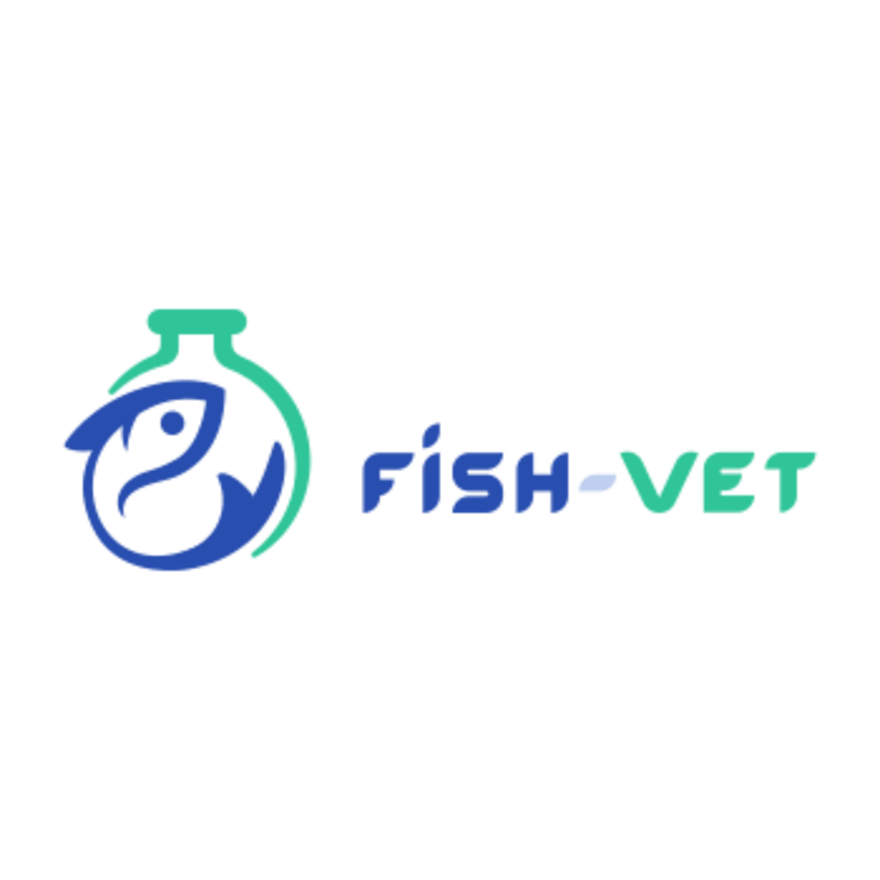
More information on our website :